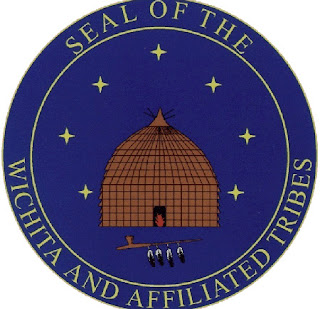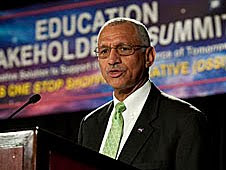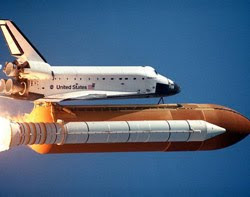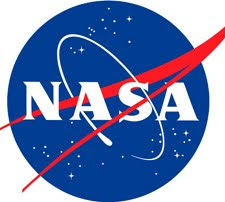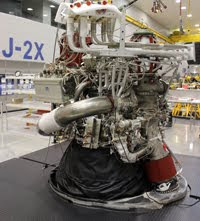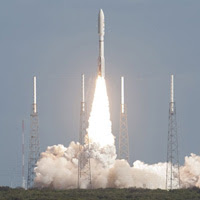
NASA began a historic voyage to Mars with the Nov. 26 launch of the Mars Science Laboratory (MSL), which carries a car-sized rover named Curiosity. Liftoff from Cape Canaveral Air Force Station aboard an Atlas V rocket occurred at 10:02 a.m. EST. "We are very excited about sending the world's most advanced scientific laboratory to Mars," NASA Administrator Charles Bolden said. "MSL will tell us critical things we need to know about Mars, and while it advances science, we'll be working on the capabilities for a human mission to the Red Planet and to other destinations where we've never been."
The mission will pioneer precision landing technology and a sky-crane touchdown to place Curiosity near the foot of a mountain inside Gale Crater on Aug. 6, 2012. During a nearly two-year prime mission after landing, the rover will investigate whether the region has ever offered conditions favorable for microbial life, including the chemical ingredients for life. "The launch vehicle has given us a great injection into our trajectory, and we're on our way to Mars," said MSL Project Manager Peter Theisinger of NASA's Jet Propulsion Laboratory (JPL) in Pasadena, Calif. "The spacecraft is in communication, thermally stable and power positive."
The Atlas V initially lofted the spacecraft into Earth orbit and then, with a second burst from the vehicle's upper stage, pushed it out of Earth orbit into a 352-million-mile (567-million-kilometer) journey to Mars. "Our first trajectory correction maneuver will be in about two weeks," Theisinger said. "We'll do instrument checkouts in the next several weeks and continue with thorough preparations for the landing on Mars and operations on the surface." Curiosity's ambitious science goals are among the mission's many differences from earlier Mars rovers. It will use a drill and scoop at the end of its robotic arm to gather soil and powdered samples of rock interiors, then sieve and parcel out these samples into analytical laboratory instruments inside the rover.
Also visit : web design dubai
